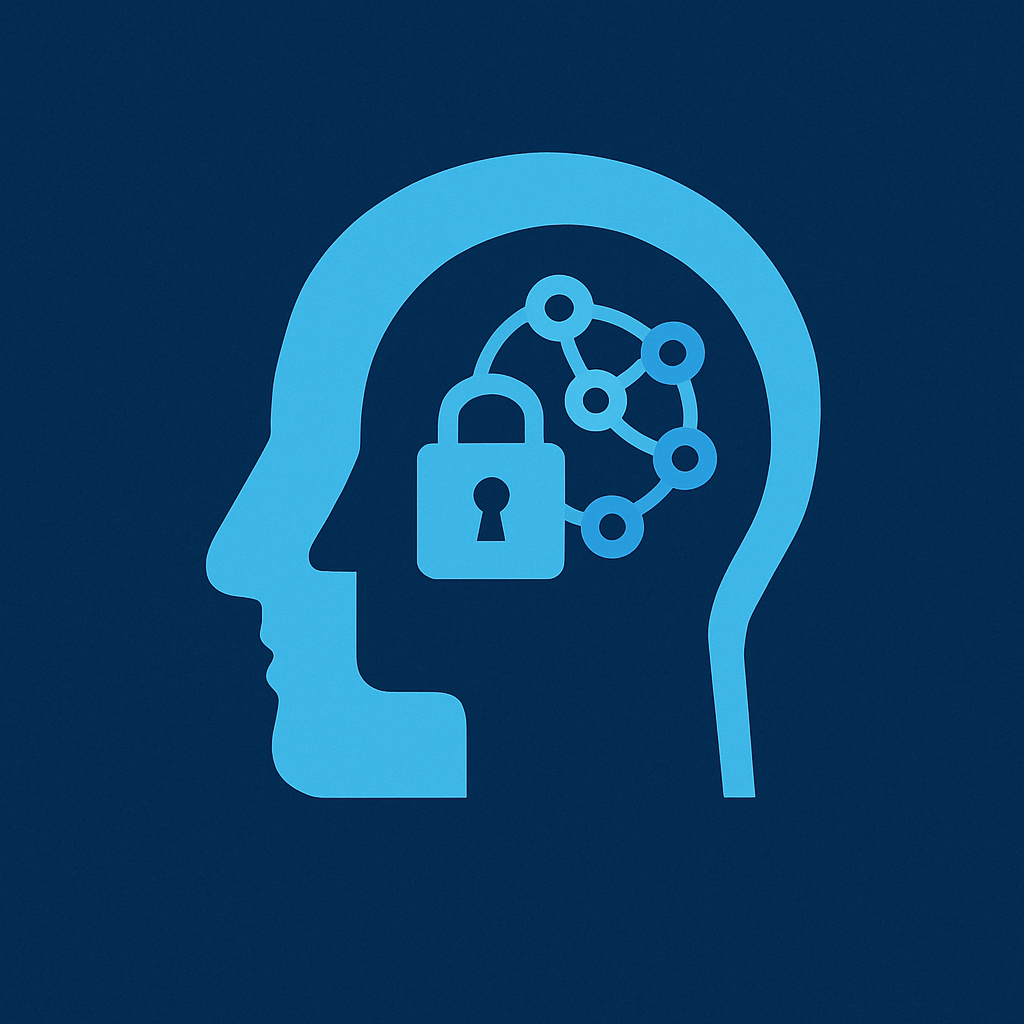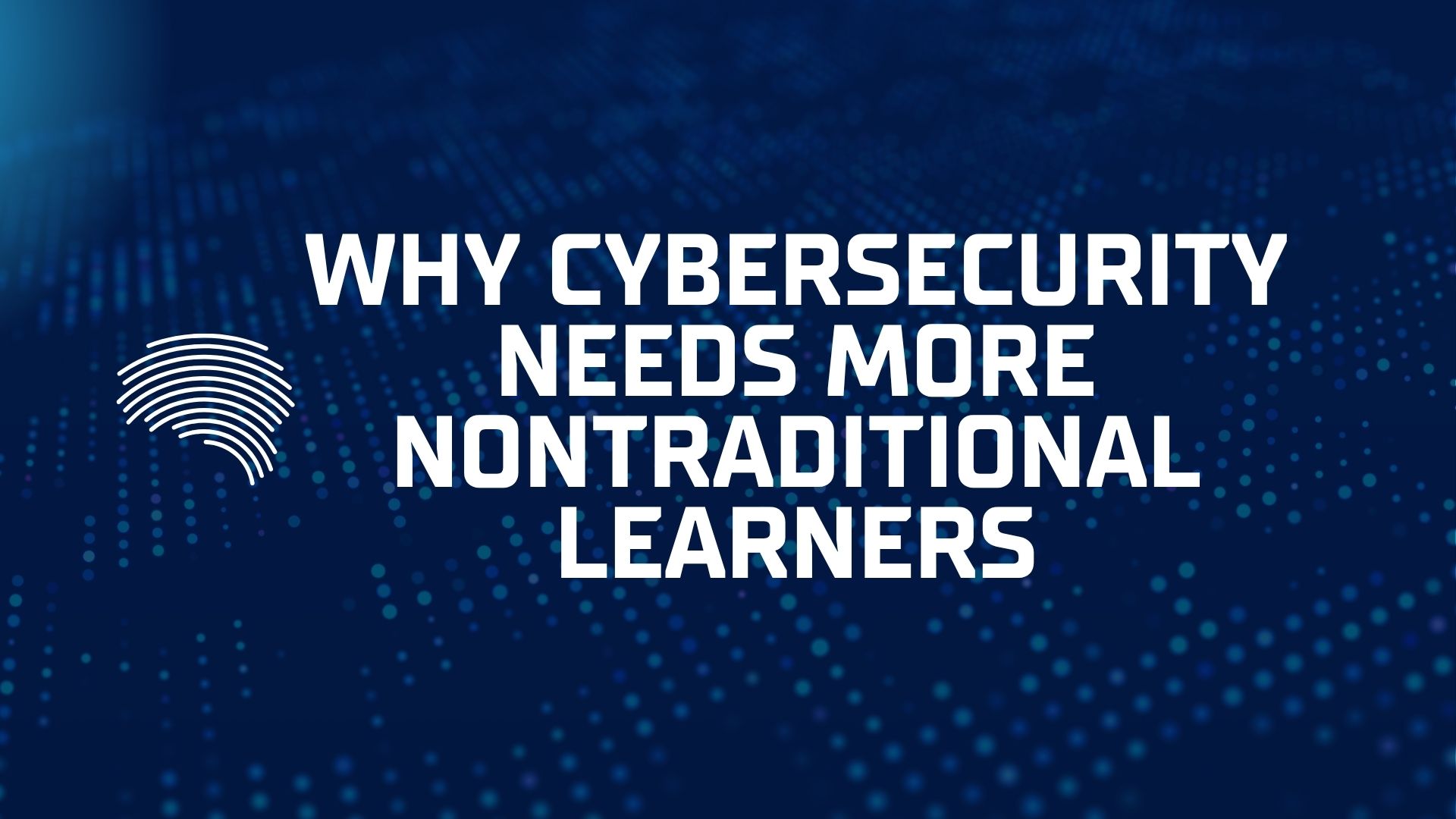The Intersection of AI and Cybersecurity: Unlocking the Future of Digital Defense and Career Opportunities
In today’s hyperconnected world, cybersecurity threats are evolving faster than ever. From ransomware attacks to sophisticated phishing campaigns, bad actors constantly adapt to evade traditional defenses. To stay ahead, organizations are turning to a powerful ally: Artificial Intelligence (AI).
The convergence of AI and cybersecurity marks a new era in digital defense. AI offers advanced capabilities for threat detection, incident response, and predictive analytics. As a result, it’s not just reshaping how we defend systems—it’s also creating exciting career paths at the cutting edge of both fields.
How AI is Transforming Cybersecurity
AI enhances cybersecurity in several transformative ways:
- Threat Detection and Prevention
Machine learning algorithms can detect anomalies in network traffic, flagging threats that human analysts might miss. Tools like User and Entity Behavior Analytics (UEBA) rely on AI to establish baselines and recognize suspicious activity in real-time. - Automated Incident Response
AI-driven Security Orchestration, Automation, and Response (SOAR) platforms can automatically investigate and remediate low-level incidents, freeing up human analysts for more complex tasks. - Malware Analysis and Threat Intelligence
AI models can rapidly analyze malware, classify it, and predict its behavior, significantly speeding up threat intelligence cycles. - Fraud Detection
In sectors like banking and e-commerce, AI identifies fraudulent transactions by analyzing patterns that deviate from normal behavior, improving security without disrupting the user experience. - Phishing and Social Engineering Defense
Natural Language Processing (NLP) enables AI to scan and interpret emails or messages to detect phishing or social engineering attempts more accurately than rule-based systems.
Job Opportunities in AI-Driven Cybersecurity
As the demand for AI-powered defenses grows, so does the need for skilled professionals who can build, manage, and analyze these systems. Here are some of the most in-demand roles at the intersection of AI and cybersecurity:
1. Cybersecurity Data Scientist
- Focus: Building models for threat detection, anomaly analysis, and risk scoring.
- Skills: Python, machine learning, statistics, cybersecurity fundamentals.
2. AI Security Analyst
- Focus: Using AI tools to detect and respond to threats; tuning models to reduce false positives.
- Skills: SIEM/SOAR tools, threat hunting, behavioral analytics, basic ML knowledge.
3. Machine Learning Engineer (Security Focus)
- Focus: Designing AI systems that secure networks, endpoints, and cloud environments.
- Skills: Deep learning, reinforcement learning, TensorFlow/PyTorch, secure coding.
4. Threat Intelligence Analyst with AI Tooling
- Focus: Leveraging AI-powered tools to generate threat insights and attribution reports.
- Skills: OSINT tools, NLP, threat actor profiling, automation scripting.
5. AI Governance and Risk Specialist
- Focus: Ensuring responsible AI use in cybersecurity systems, managing ethical risks.
- Skills: AI policy, compliance, ethics, legal frameworks (e.g., GDPR, NIST AI RMF).
How to Get Started
Breaking into this interdisciplinary field requires a blend of technical and domain expertise:
- Learn the Basics: Get foundational knowledge in both AI (ML, data science) and cybersecurity (network security, cryptography, threat modeling).
- Certifications: Consider certs like CompTIA Security+, Certified Ethical Hacker (CEH), and supplement with data science or AI courses (Coursera, edX, etc.).
- Projects: Build your portfolio by contributing to open-source AI security tools or developing proof-of-concept detection models.
- Stay Updated: The landscape is dynamic. Follow AI security blogs, attend conferences (like Black Hat or DEF CON), and read research papers.
Conclusion
AI is not a silver bullet, but it’s a powerful tool in the cybersecurity arsenal. As both fields continue to evolve, the synergy between them is creating new ways to fight digital threats—and new career paths for those willing to learn and adapt. Whether you’re a cybersecurity professional curious about machine learning or a data scientist intrigued by digital forensics, the AI-cybersecurity frontier holds vast potential.
Now is the time to explore it.






